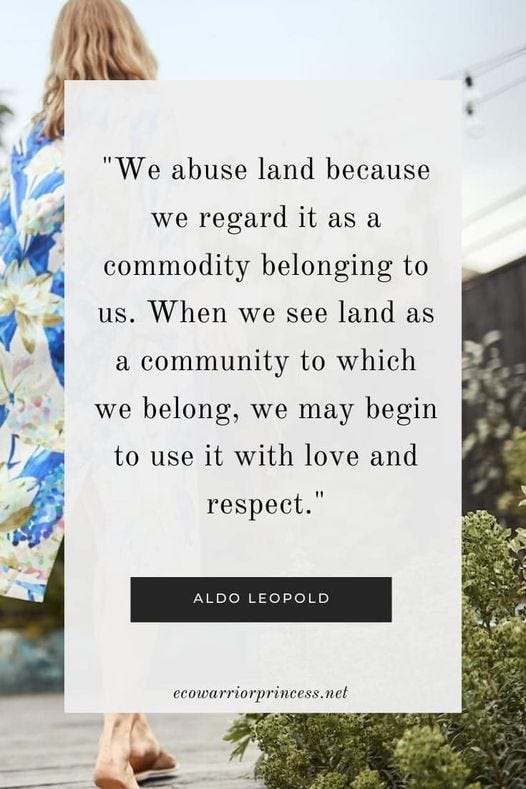The woods have always been my favorite place to escape it all. It’s so peaceful. Watching a woodland creature wandering through the understory or catching a glimpse of a mama bird tending to her chicks makes the experience all the better. Sitting on my pillow of leaves and pine straw, I close my eyes and tune in to nature’s sounds and smells. I love it.
Well, at least I used to love it, but there are too many distractions now. I can’t follow a deer trail cutting through the brush without my adventure being sabotaged by the “signs” of someone being there before me.
We can find two types of litter on the forest floor.
The first is the good stuff, what Mother Nature intended to carpet her landscape – leaves, plants, and other organic materials that decompose and nourish the earth.
The second is the not-so-good stuff – plastics, metals, and other inorganic materials that pollute the land and poison the soil and water. Think of the innocent creatures in our woodlands, the victims of our careless actions. They could be injured or possibly unable to find food because humans throw rubbish everywhere without considering the consequences of their actions.
How about the bugs? Does litter cause any problems for the insects crawling or buzzing around?
Yep, it sure does. And we must be concerned because those little beasties touch our lives in more ways than you realize.
Not all bugs are pests. Actually, the majority of them are vital for our existence. Pollinators such as butterflies, bees, beetles, birds, bats, and countless other winged and six-legged creatures pollinate seventy-five percent of the world’s food, beverage, and fiber crops. That equates to one in every three bites of food we eat being provided by pollinators. They are critical to our food supply.
Woodlands and meadows provide homes and food sources for the pollinators, and in return, the pollinators do what they do best to ensure their habitat remains viable. Mother Nature created a wonderful balance so that everything benefits from one another. She’s tough too and can bounce back from disasters like fires, floods, and hurricanes. It may take a while, but she won’t give up without a fight.
Yet, she has her limits. Nature may be resilient but cannot fight foreign objects obstructing plants from growing. Similarly, she can’t prevent the liquids and chemicals from seeping into the soil and water, poisoning the habitat and its inhabitants.
The balance has been disrupted. There’s no longer a healthy, diverse selection of native plants inviting birds and bees to visit the flowers and trees. Without pollination, the ecosystem withers away. Likewise, without the proper habitat to house and nourish them, the pollinators disappear as well.
Of course, litter is not the only factor causing the problem. Other factors, such as overuse of pesticides and urban growth, are also responsible for the decline in pollinator populations. However, the sad fact remains that more than forty percent of the world’s pollinating insects live under the threat of extinction.
Can anything be done? Most definitely!
· When you see litter, pick it up and dispose of it properly.
· If you see someone else littering, ask them nicely to pick it up and explain why. If they refuse to cooperate, be the bigger person and pick it up yourself.
· There are many conservation groups working to restore pollinator habitats. Volunteer your services and learn what you can do to help.
· Pollinator gardens come in every shape and size and can be planted anywhere, even in window boxes and patio containers. Add some native flora to your home’s landscape. Check with your local Native Plant Society, WildOnes chapter, or other native plant experts for the best flowers, trees, and shrubs for your area.
Please, do what you can to make our world a better place for all living things. It takes minimal effort but makes a world of difference!
Let’s Get Our Hands Dirty is a reader-supported publication. If you’re able and want to support my work, please consider signing up as a free or paid subscriber. I’d greatly appreciate it!





